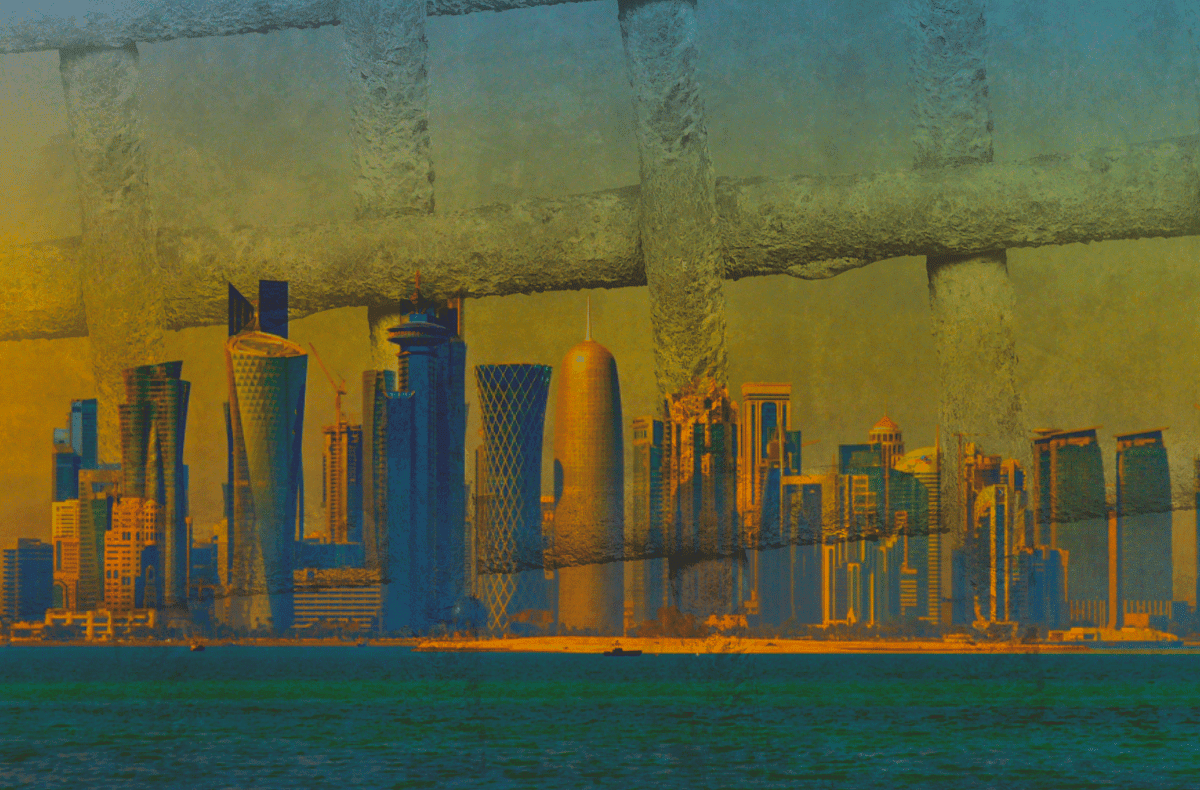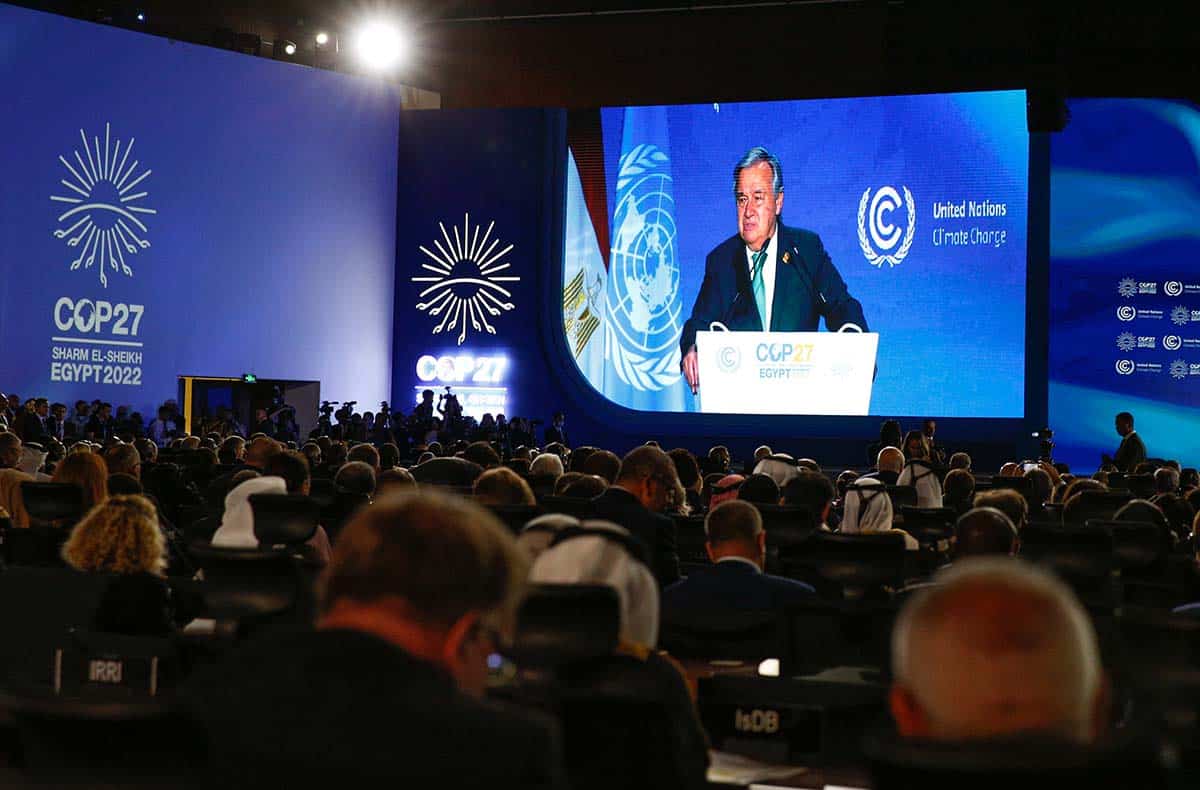
Many of the plaques in Central London will tell you of all the dissidents that have lived in London over the centuries… and long may that continue.
From Karl Marx in Soho and the revolutionary Simon Bolivar along Warren Street to more recent times, you would be forgiven for thinking they all staged their revolts from London.
This may not be far from the truth!
The Liberation of Bangladesh from London in the 1960s and 1970s
The case I know best is of the Bengali nationalists working London’s part in the liberation of Bangladesh. Many of them went to the Ganges restaurant, next door to the original Ronnie Scott’s Jazz Club along Gerrard Street in the 1960s—now known as China Town. The Ganges restaurant became the meeting point of the Left and cultural activists, frequented by politicians such as Michael Foot and Peter Shore; journalists like Christopher Hitchens, Paul Foot from The Guardian, and Liberty. Political activist Tariq Ali was also a regular there during his student days and had fond memories not only of the talk but the food of the day. It was also from the Ganges that Tasadduq Ahmed published the Desher Dak (Call To Land) newspaper. So not surprisingly, it was also frequented by many from the Left of Bengali politics as they passed through London, like Maulana Bashani, Shaheed Shamshyam and the former President of Bangladesh, Sheikh Mujibur Rahman, and the former Prime Minister of Pakistan, Zulfikar Ali Bhutto during the 1960s.
During the Liberation War itself, 24 Pembridge Gardens in Notting Hill became a major center for the campaigns for the liberation of Bangladesh, before becoming the first embassy of the new state of Bangladesh in the UK and abroad. Sheikh Mujibur Rahman visited London immediately after the Liberation War (1971) ended, before he returned to Dhaka and the newly formed state of Bangladesh. He was put up by the British government at the Claridge’s Hotel in Mayfair, where he held a famous press conference. During that time, he met all those who he needed to establish a political relationship with, from the British Prime Minister Edward Heath to the opposition leader of the day, Harold Wilson.
The Anti-Apartheid Movement Makes a Stand in London
A similar story can be told of the fight against Apartheid in South Africa from 28 Penton Street. Between 1978 and 1994, the property was the London headquarters of the ANC and the nerve center for coordinating international solidarity against the Apartheid regime in South Africa, and a base from which Anti-Apartheid activity was coordinated both within the UK and further afield (including covert operations within South Africa). It was from here that Oliver Tambo, leader of the ANC in exile, and Thabo Mbeki, later president of South Africa, worked together to plan the overthrow of the oppressive regime. In 1982, on a morning that Oliver Tambo was due to address crowds of Anti-Apartheid demonstrators in Trafalgar Square, the building was bombed. No one was killed, though one ANC worker was injured. It was reported that 11kg of explosives were used in the bomb, which severely damaged the building and destroyed the ANC’s printing facilities. The blast was heard as far as Stoke Newington, over 2 miles away. The bombing was part of a series of undercover operations that included break-ins and burglaries at Penton Street as well as at the Anti-Apartheid Movement HQ in neighboring Camden. Many years later, nine former South African security policemen admitted to the bombing and were granted amnesty by the Truth and Reconciliation Commission.
After 1994, when the ANC’s Nelson Mandela became the first democratically elected South African president, and until 2006, the building was home to Action for Southern Africa (ACTSA), the successor to the Anti-Apartheid Movement who, since 1994, has continued to advocate for justice, human rights, sustainable development and democracy in Southern Africa. In 2014, a commemorative plaque was unveiled on the building, in partnership between Islington Council and the Nubian Jak Community Trust, as part of a 20th-anniversary celebration to honor the work of the formidable Anti-Apartheid activity within the borough of Islington.
Continued Struggles for Political Change
More recently, we have heard that a humble London pub in Paddington has served as a meeting space for members of the Sudanese community who are calling for change from outside their homeland. Similar tales can be told of other establishments along the Edgware Road and their role in Middle Eastern affairs.
Let us also not forget the more local radical tradition of London itself—of working class struggles from Roman times to the present day, giving us London’s living tradition of protest. In this respect, l had many conversations with Boris Johnson when he was Mayor of London about the radical history of London. At the end of all these discussions, we agreed he would have been a lackey for the Romans, and l would have died an honorable death with Queen Boudica’s tribes. Oh, the honor of radicalism!



